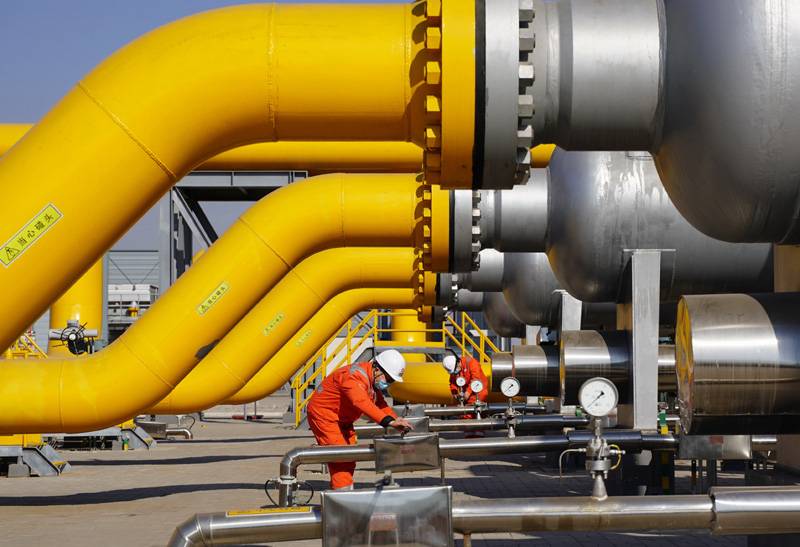The government on Thursday increased the average sale price of re-gasified liquefied natural gas (RLNG) by as much as 17 cents month-on-month for May 2023.
The increase, which represents a rise of up to 1.3 percent over last month, comes after four months of straight declines. The higher price is likely to have a small impact on the cost of power generation, particularly from RLNG-based power plants.
The prices of RLNG were reduced in the first four months of current calendar year. In January, RLNG prices were lowered by up to 2.2 percent. In February, the prices were reduced by 4.3 percent. In March, the prices were cut by 3.16 percent. And in April, the prices were reduced by 0.47 percent.
RLNG price for the Sui Northern Gas Pipelines Limited (SNGPL) consumers was increased by $0.1681/mmBtu, while for Sui Southern Gas Company (SSGC) clients, prices have been jacked up by $0.1768/mmBtu) over the previous month (April 2023).
The Oil and Gas Regulatory Authority (OGRA) issued its determined RLNG weighted average sale provisional price notice on Thursday. It set RLNG prices at $13.3997/mmBtu for the consumers of SNGPL and $13.6569/mmBtu for SSGC clients.
Except from a few months, the country has been reducing RLNG prices for local consumers since May 2022. According to the data, in May 2022, the RLNG price in the local market was the highest ($21.8317/mmBtu for SNGPL and $23.7873/mmBtu for SSGC) since Pakistan started importing LNG in 2015.
The RLNG prices year-on-year for May 2023 is 38.6 percent less for SNGPL consumers and 42.6 percent from SSGCL over prices in May 2022.
The new prices were lower for SNGPL and SSGC when compared with the prices in the same month of last year. Last year in April 2022, the RLNG price was $15.6165/mmBtu for SNGPL and $16.9101/mmBtu for SSGC consumers.
Since LNG is pegged to the price of crude oil, gas prices also fluctuate with changes in crude oil prices. RLNG prices can be influenced by various other factors, such as global demand and supply, transportation costs, and geopolitical events. Therefore, RLNG prices in Pakistan, as in any other country, can be subject to fluctuations and may not remain stable over time.
The newly notified prices of RLNG also include charges for the LNG terminals, transmission losses, port charges, and margins of the state-run importers—Pakistan State Oil (PSO) and Pakistan LNG Limited (PLL). These new weighted average sale prices of RLNG have been computed based on eight cargoes imported by PSO, while PLL imported two cargoes of this super-chilled gas.
Under two long-term contracts with Qatar, PSO is procuring LNG at 13.37 percent of Brent and 10.20 percent of Brent, respectively. Six cargoes were procured at a slope of 13.37 percent of Brent, while two at 10.2 percent.
For the last eight months, PLL has procured one cargo per month, except for February when it made no procurement. However, for March and April, it imported one cargo each. And now for May, it imported two cargoes at a slope of 12.14 percent.
Pakistan is heavily dependent on imported gas as local gas reserves are fast depleting. LNG is a significant source of energy for Pakistan, catering to various sectors, including power generation, industry, and transportation.





